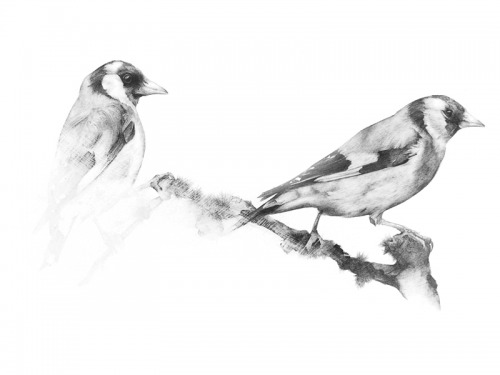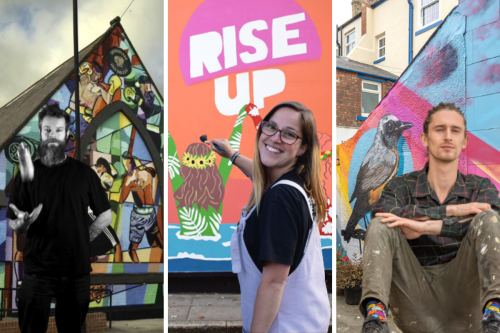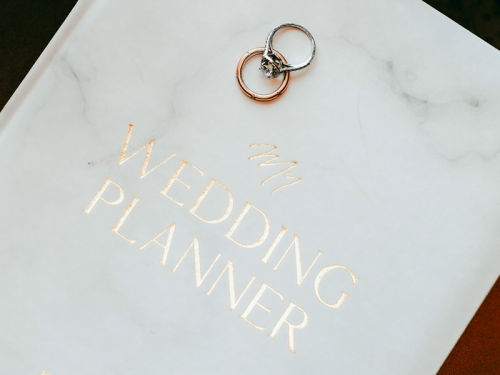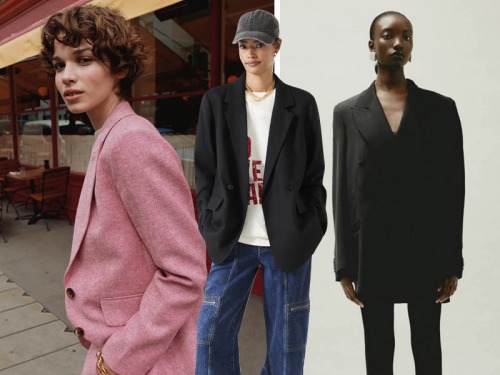Meet Newcastle-based Clay Sculpture Artist Katie Cuddon
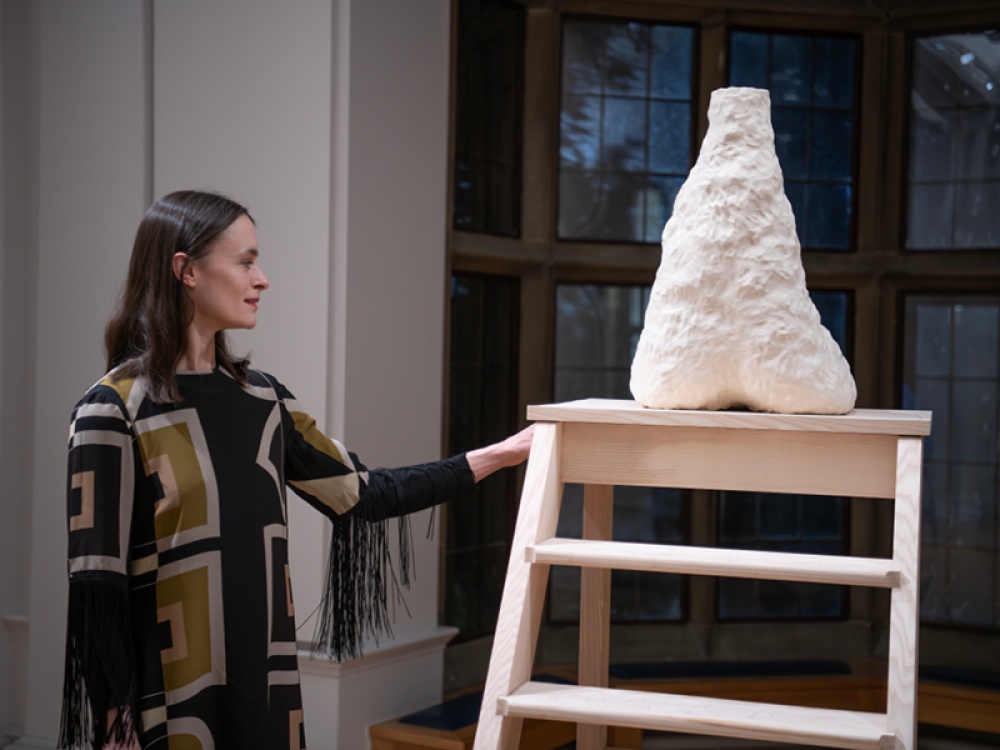
For 20 years artist Katie Cuddon has been creating clay sculptures that are as abstract as they are intimate
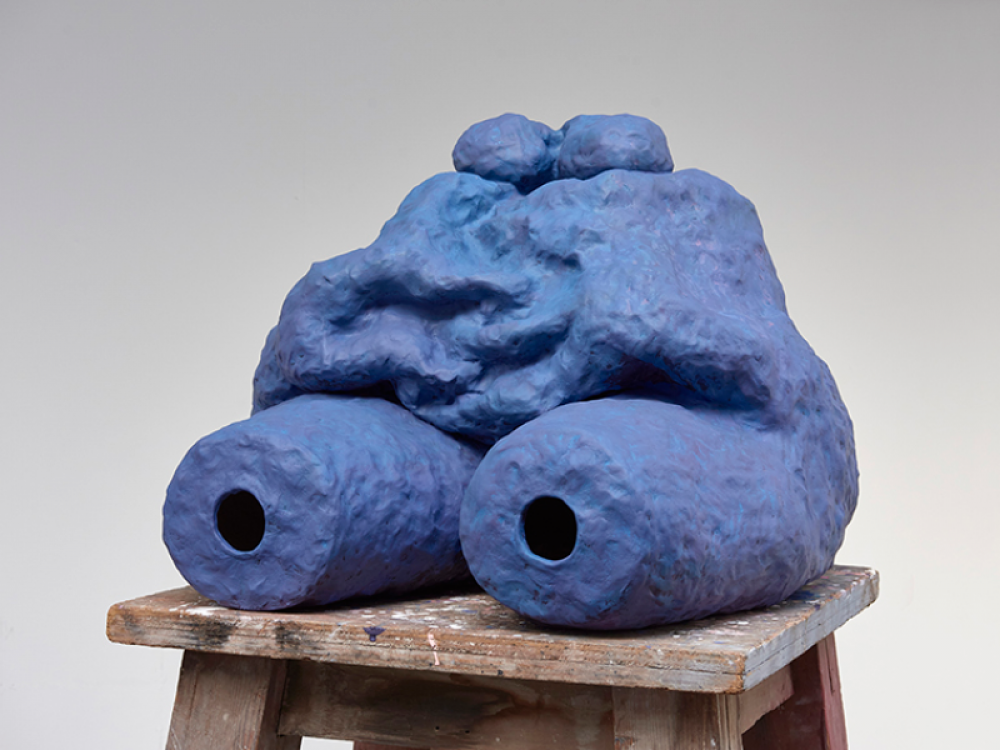
Newcastle was not always home for Katie Cuddon, Born in London, Katie studied at the Glasgow School of Art and the Royal College of Art before being awarded a year-long fellowship in the Fine Art Department at Newcastle University in 2007. She then left for another fellowship at the British School in Rome before returning to teach, and she has been here ever since.
‘[Newcastle] was home, but I was also travelling a lot, and going back to London quite a bit as my career took me to lots of different places,’ Katie says. ‘I had a child here in 2018, a Geordie girl, who says “book” and “grass”, and so now it feels much more home because it’s her home.’
It was also the birth of her daughter, and watching her grow up, that inspired the current exhibition. Katie was aware that becoming a mother is often assumed to be a stumbling block in an artist’s career, if not the end of it. ‘That’s when women have to give up their art careers: “you can’t do both”,’ Katie says, echoing all-too familiar warning. Fortunately, that was not her experience. ‘For me it was the complete other way around,’ she says.
‘I’d been a bit less productive in years up until 2018 because I was focusing more on teaching and that took up a lot of my life and energy,’ Katie explains. ‘Then I had a child and it coincided with getting a Leverhulme Research Fellowship. So, when I returned from a period of maternity leave, I could immediately just focus on making my own work for two years.’
Driving this productivity were the intriguing resonances she observed between her work as a sculptor and her experience of motherhood. ‘If you’re going through that process of being pregnant and giving birth, it’s such a physical, body-changing as well as life-changing experience. As a sculptor I think it’s really interesting because space, time, inside, outside, they’re things which I’m exploring formally within my work all the time,’ she explains.
‘When you’ve got a very small baby, mother and baby are like one,’ she continues. ‘It’s very difficult to know where you end, and the baby begins. It’s such a fluid relationship and that was a really interesting position to start making work from.
Living North Loves
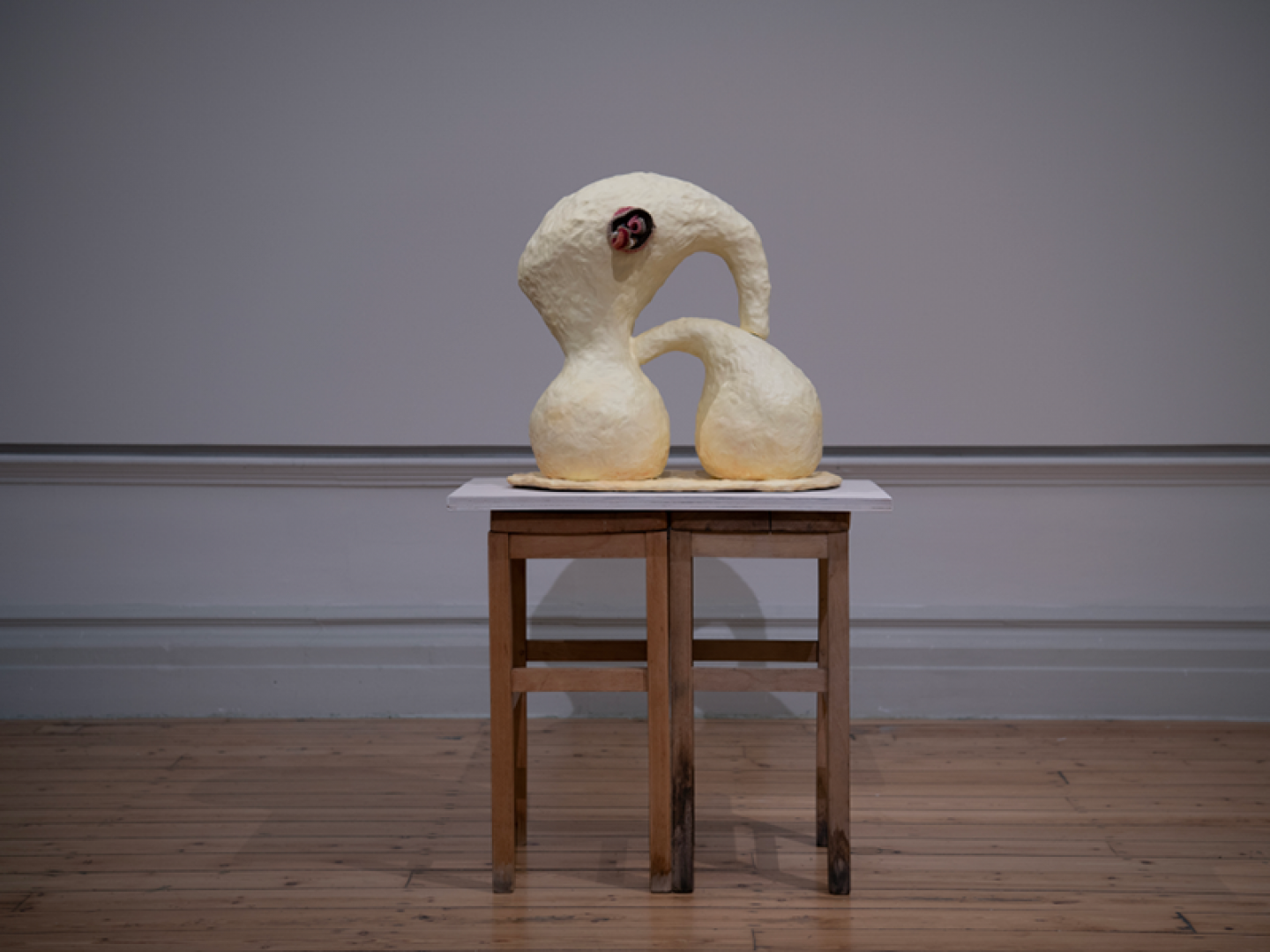
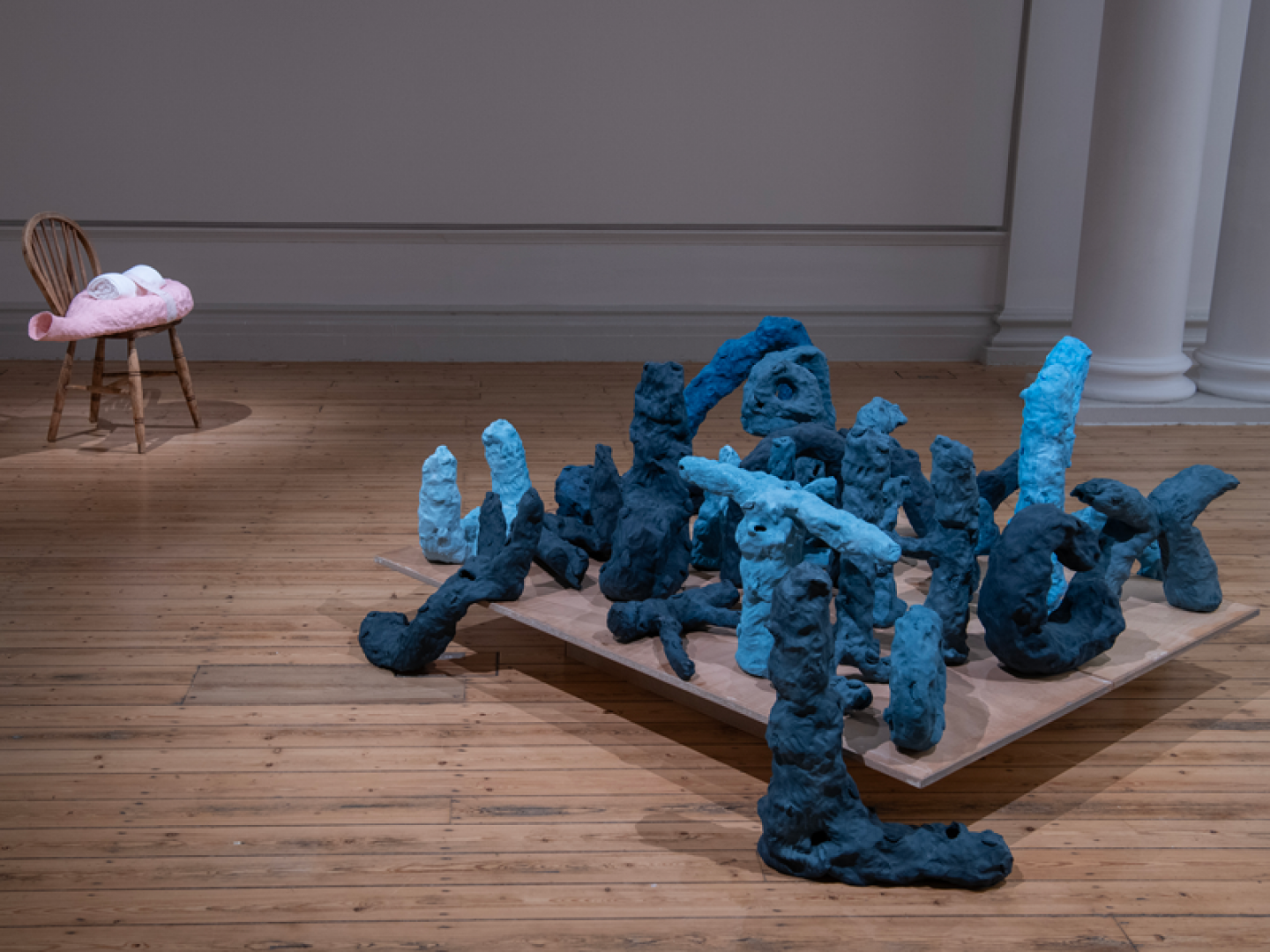
‘Having a child gave way to an incredibly creative, productive period for me,’ she concludes, ‘which is at odds with people’s common perception of what happens when you have a child.’
Clay has always been Katie’s chosen medium, and its qualities continue to fascinate her. ‘It’s formless, and you form it with your body and it’s very like skin. Clay and the way I make work is like building up a skin,’ she says.
‘I like to use this word “symbiotic”, because it’s kind of changing and forming – you have to respond to it. It’s not inert, there’s a life in it. You’re responding to its own temperament and characteristics… I suppose that’s what motherhood is, it’s negotiating that rapport and relationship.’
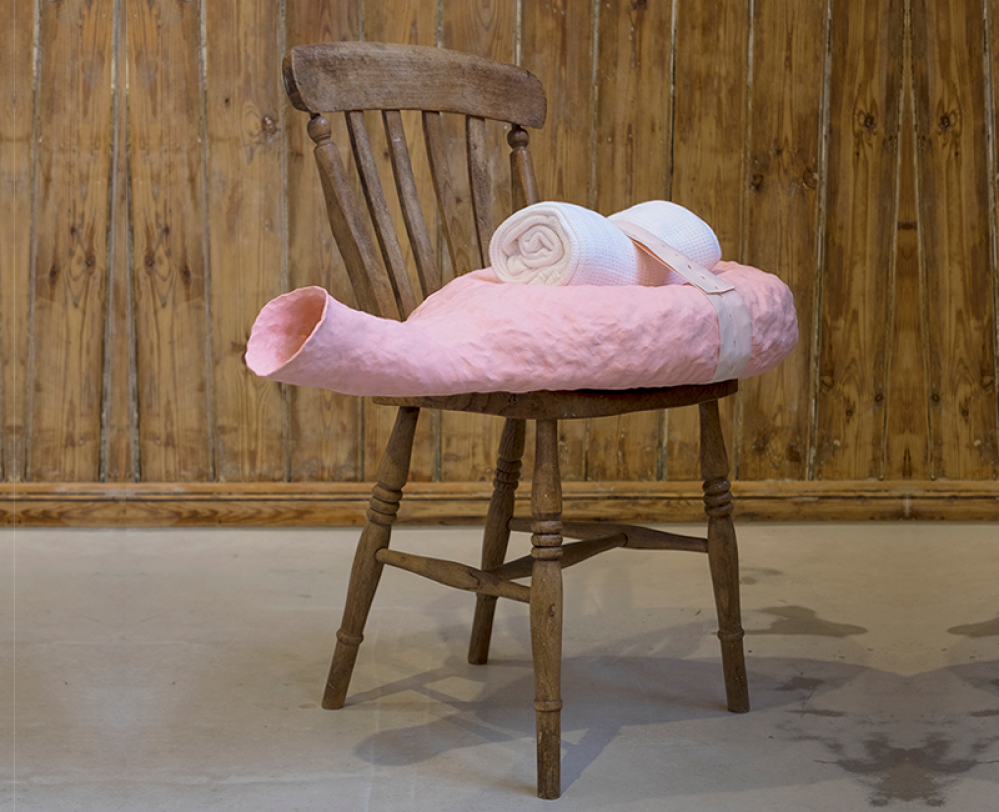
As its title suggests, her exhibition A is for Alma is not only an exploration of motherhood, but of language, both in a philosophical sense and in the everyday reality of watching a child learn to speak. ‘I’ve always been interested in language, and I suppose my work has always tried to dodge being easily translatable,’ Katie says. ‘I’m always poking away at something that we can’t easily define with language.’
Consequently, the relationship between clay and language was the basis of her Leverhulme Fellowship. ‘I feel that there’s a close association,’ Katie explains. ‘I always describe [clay] as being against language, but it’s also material used to facilitate communication. There’s that link to script inscribed into tablets, but also storytelling because its plasticity means that it can be formed into images very quickly.’
The exhibition’s most direct engagement with this relationship is a collection of blue shapes that spill onto the floor from their barely-raised plinth. As you approach the piece, there’s a strange initial moment of trying to place these slightly gnarled (and on closer-inspection, tooth-marked) but somehow familiar jumble of abstract forms. Then recognition snaps them into focus, and they become letters – an alphabet. ‘I was making it at a time when my child was acquiring language,’ Katie says. ‘It felt like such a physical thing watching her get her mouth round words and then chewing and biting things. So, I started biting into these letters I was making, which was the first time I’d bitten into clay. They look like they might be being produced by the mouth but also eaten.’
A lot of thought has gone into the way that the pieces relate to each other, and the space they inhabit. ‘Representations of mother and baby are slightly to the edge, around the edge of the gallery,’ she says. ‘The language, the letters, occupy a kind of public space and then the mother and baby is more intimate, placed in corners. I always think of it as the mother and the new baby breastfeeding in the back room while other people are leading a public life, they’re finding a corner where no one is going to see them, a little private corner.’
I ask Katie what she hopes visitors will take from experiencing the exhibition. ‘I hope with anything I do that people will feel an affinity with these images that I make, and identify with them in some way,’ she says. ‘It’s not all cosy and sentimental,’ Katie continues, ‘it’s dark and strange images (I call them images, they’re sculptures but I think of them as images). I think I will be pointing at the isolation and the weirdness of motherhood, particularly in the early days. The raw emotion, the confusion.’
My conversation with Katie happened as the exhibition was being installed. When I visit a few weeks later, I do recognise the darkness and strangeness she spoke about, but there is a particularly sweet element that catches me by surprise: doodles scrawled in pencil on one of the wooden stands. I presume the line drawings must be the work of a close collaborator. They are mostly pictures, but there are also some letters. They spell ‘Mam’.




